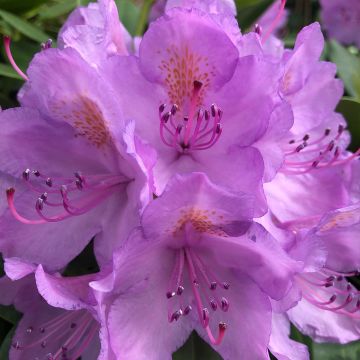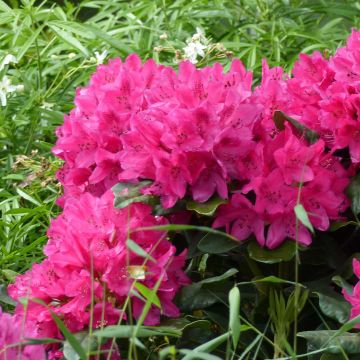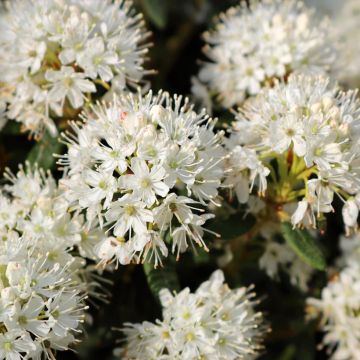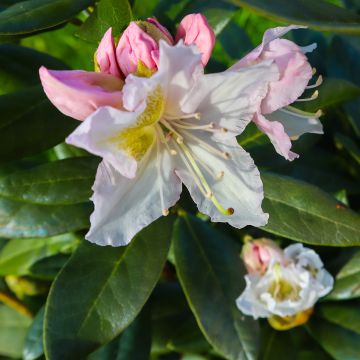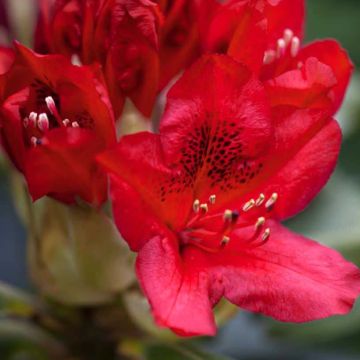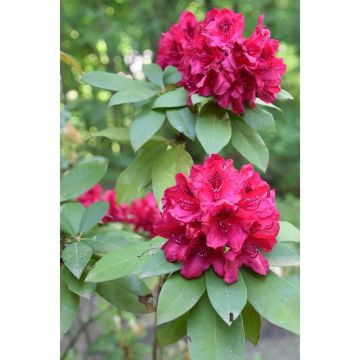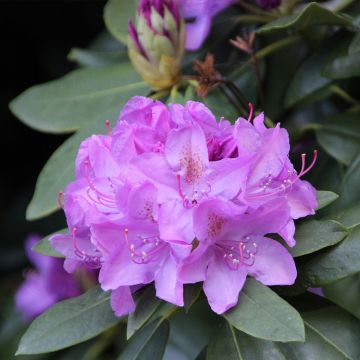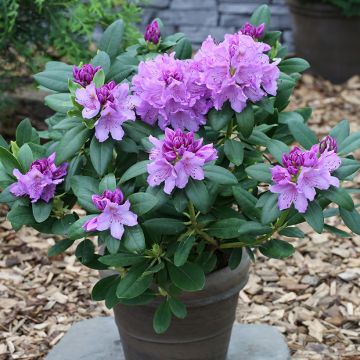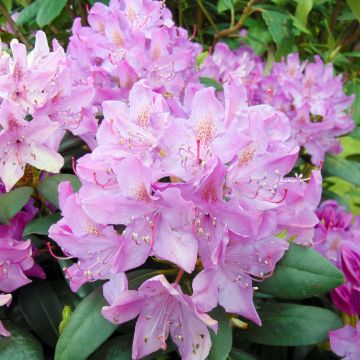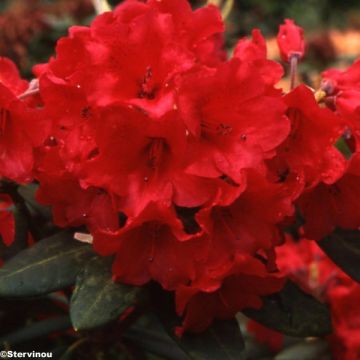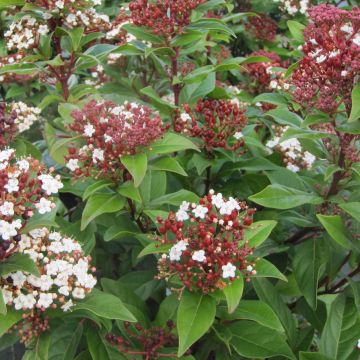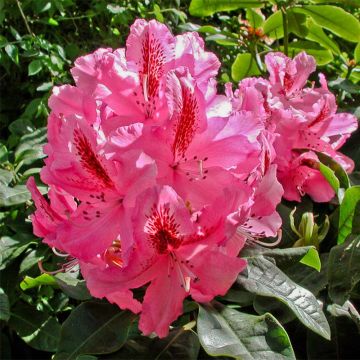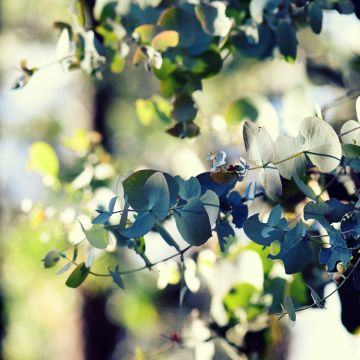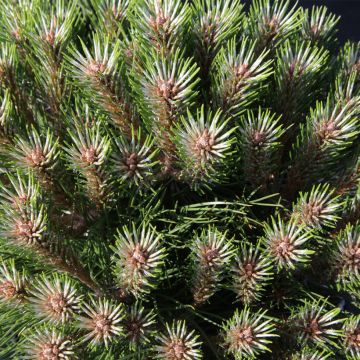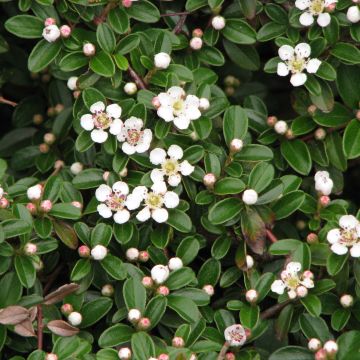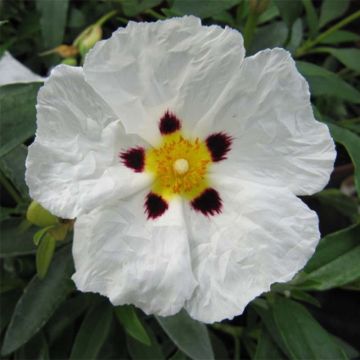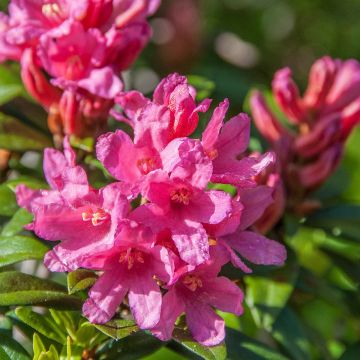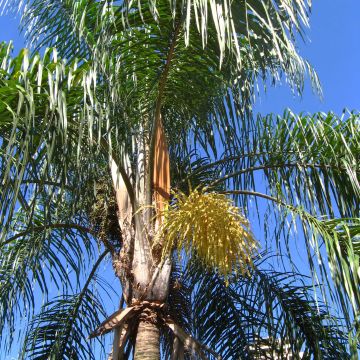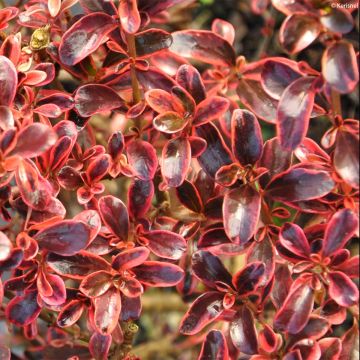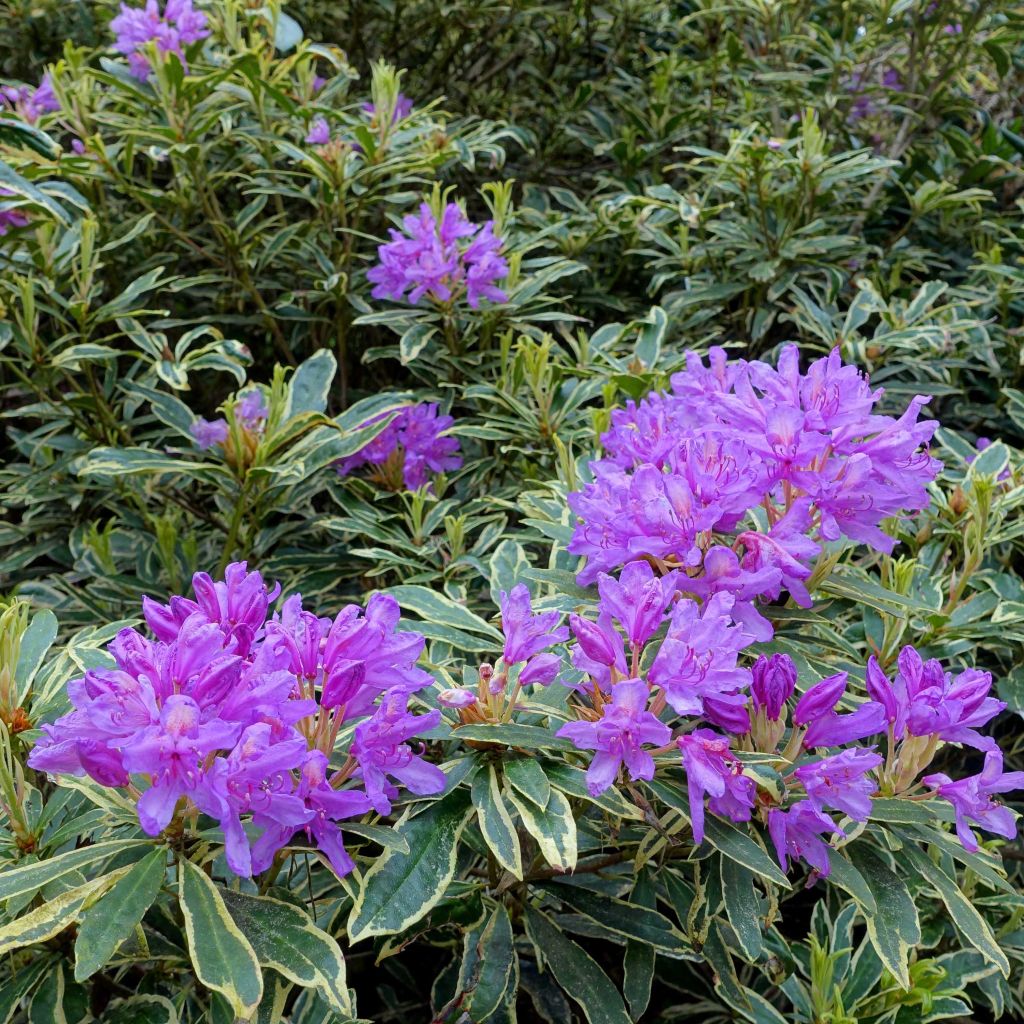

Rhododendron ponticum Variegatum
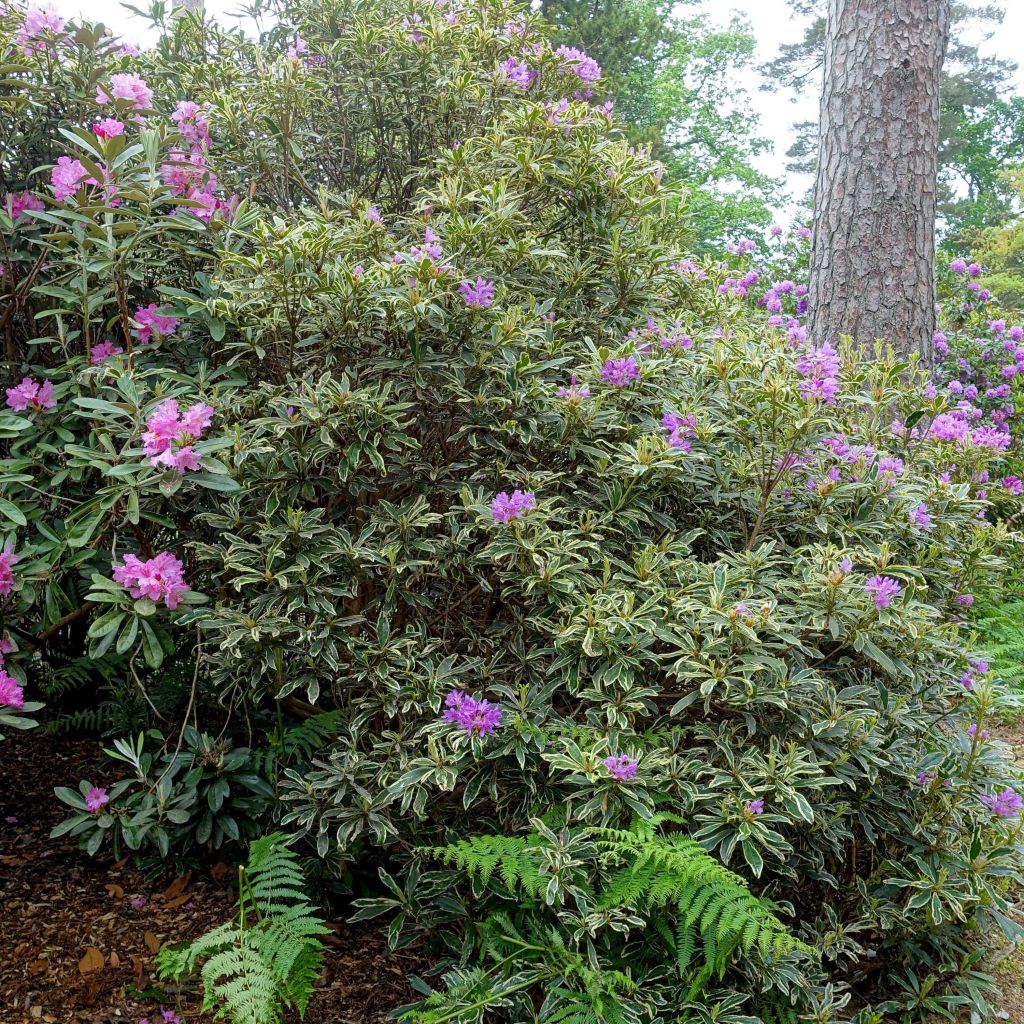

Rhododendron ponticum Variegatum
Rhododendron ponticum Variegatum
Rhododendron ponticum Variegatum
Pontic Rhododendron
Plant arrived in very good condition. It had a very nice start and rapid growth in the beginning. Unfortunately, it seems to have caught something, its leaves are turning yellow and it is now thinning out.
laure92, 31/10/2024
This item cannot be shipped to the selected country
Delivery charge from €5.90
More information
Schedule delivery date,
and select date in basket
This plant carries a 24 months recovery warranty
More information
We guarantee the quality of our plants for a full growing cycle, and will replace at our expense any plant that fails to recover under normal climatic and planting conditions.
From €5.90 for pickup delivery and €6.90 for home delivery
Express home delivery from €8.90.

Does this plant fit my garden?
Set up your Plantfit profile →
Description
Rhododendron ponticum 'Variegatum' is a lovely form with green leaves edged in cream of the Rhododendron ponticum, of which it is a mutation. Less vigorous than the species but equally hardy, this evergreen bush is adorned with large clusters of mauve flowers speckled with orange in late spring that perfectly complement its long variegated leaves. Perfect for brightening up shaded areas of the garden, it is robust, floriferous, and easy to grow in acidic, neutral, or even slightly alkaline, fertile, well-drained but moist soil. It finds its place in a hedge or in a large shrub border, ideally in the understorey or in the morning sun.
Rhododendrons are plants of the heath family, just like heathers, preferring predominantly lime-free, acidic soils and humid climates. Rhododendron ponticum is a botanic species with extensive growth originating from the Iberian Peninsula (southwest Spain and southern Portugal) as well as Turkey. Its distribution range extends as far as Georgia and Lebanon. It is found along the shores of the Black Sea, where it is also endangered, and survives only as a relic population in Portugal, where attempts are being made to reintroduce it. In its native regions, Rhododendron ponticum grows in wooded and often mountainous areas, up to an altitude of 2,500 metres (8000ft).
Rhododendron ponticum 'Variegatum' (or 'Variegata'), less vigorous and much less invasive, was selected in 1837 at the Lefèvre nursery in Ghent, Belgium. This variety forms a beautiful rounded and branching shrub, rather spreading at maturity, not exceeding 2.5 to 3 metres (8 - 10ft) in height and 2 to 2.5 metres (7 - 8ft) in width under favourable conditions. Its habit will be denser when the plant is exposed to light. Its branches bear long evergreen leaves that are oblong or lanceolate, measuring up to 10cm (3.9in) in length. They are a shiny dark grey-green, strongly and irregularly edged in white cream. The abundant flowering occurs in May-June, and can extend until the end of summer depending on the climate. It only occurs on plants aged 10 to 12 years. At the tips of the branches appear clusters of 10 to 15 trumpet-shaped flowers, 5cm (2in) in diameter, in shades of mauve to lavender pink. The throat of the flowers is speckled with yellow-orange. This non-fragrant flowering, however, is nectar-rich and attracts bumblebees. After pollination, woody capsules form, containing a multitude of fine seeds dispersed by the wind. The lower branches of this Rhododendron root when they touch the ground, through a phenomenon of spontaneous layering. While it prefers acidic and sandy soils (pH between 4 and 6), Rhododendron ponticum 'Variegatum' is relatively tolerant and will accept loamy, neutral, or even slightly alkaline soils (pH 7.5). Very resistant to cold (down to -18°C), it tolerates heat (up to 40°C). However, it dreads dry soils, especially when young. Its root system remains shallow and fears competition from other plants.
This splendid variegated rhododendron is undoubtedly a very beautiful semi-shade shrub. As it is relatively tolerant of soil and climate, it will adapt to any well-drained, properly prepared soil enriched with heather soil and coarse sand. Rhododendron ponticum 'Variegatum' can be used in the back of a border or in a medium-sized hedge, in the company of other heathland plants or more classically with beautiful evergreen shrubs, whether variegated or not, such as Eleagnus ebbingei, Portuguese Laurel, large Photinia, or even Viburnum rhytidophyllum, for example. It can be combined with magnolias and Japanese maples with green or purple foliage...
Introduced to the United Kingdom and Europe, where it was frequently planted in gardens, parks, and even directly in forests to encourage the presence of game, the typical (or sometimes hybrid) Rhododendron ponticum has become naturalized to the point of being classified today among invasive species that are harmful to local flora and fauna. This phenomenon is mainly observed in acidic soils and mild, humid climates, such as those found in Ireland, Scotland, Brittany, Normandy, Aveyron, and Charentes. Rhododendron ponticum has been crossed with other species to produce some of our most beautiful and resistant rhododendrons, but without the invasive character.
Report an error about the product description
Rhododendron ponticum Variegatum in pictures
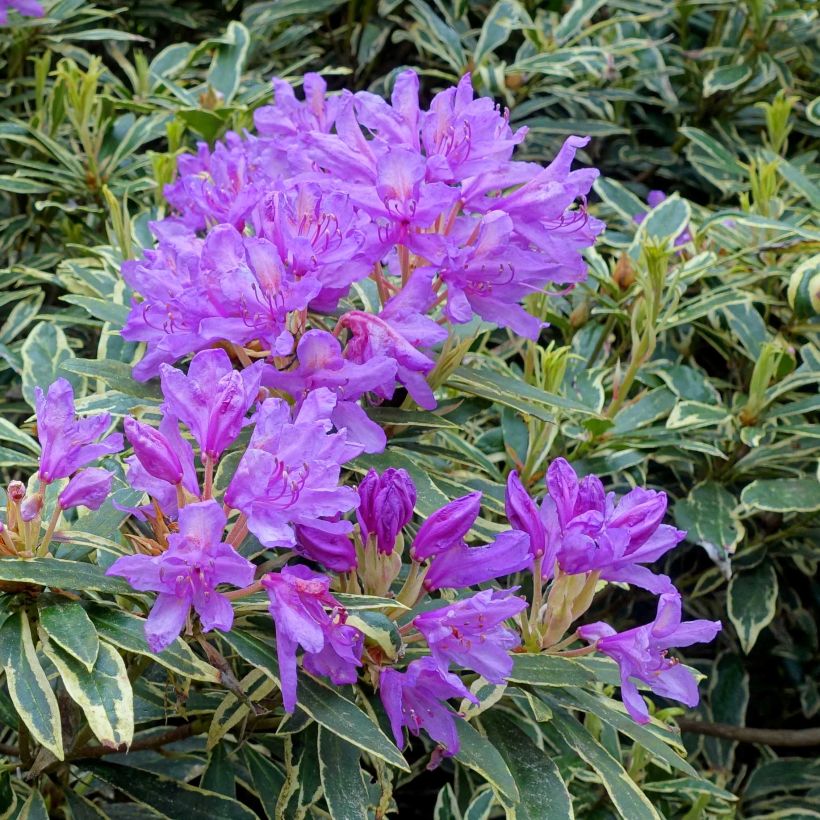

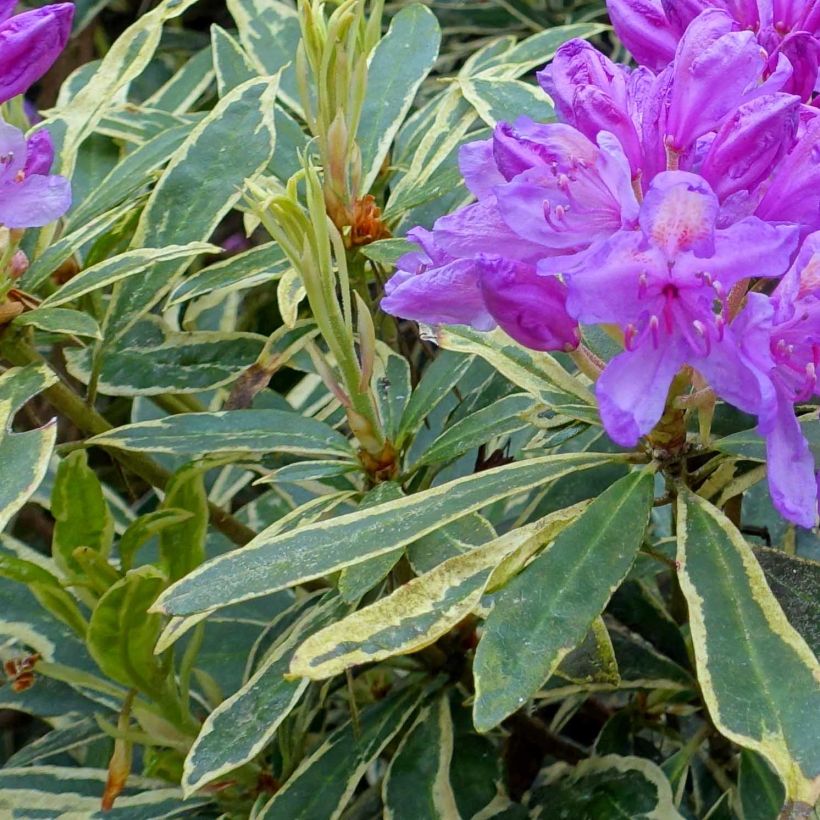

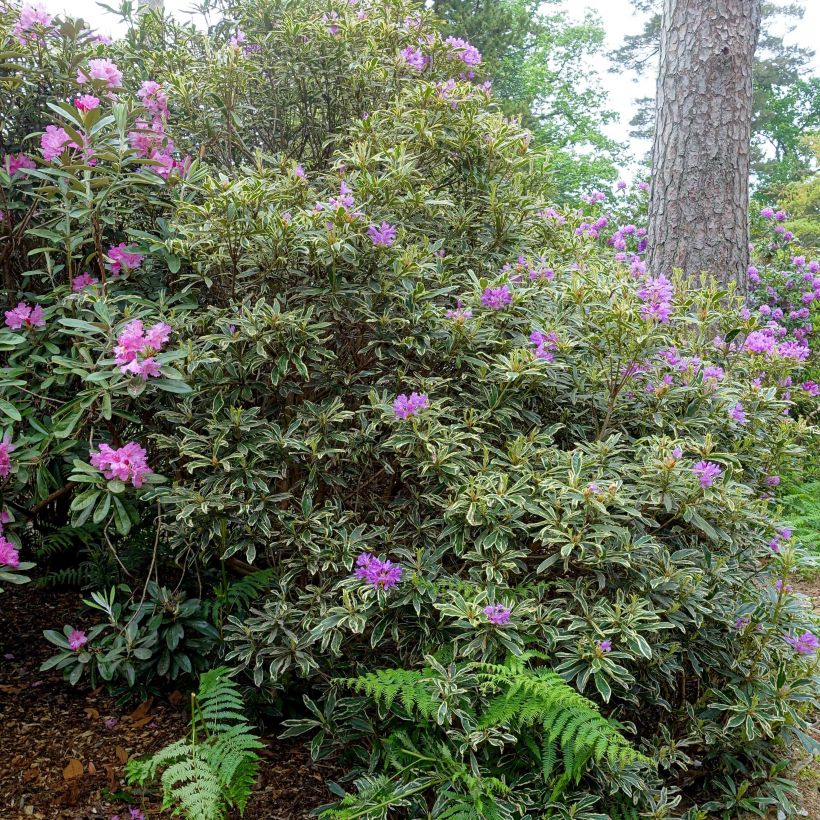

Plant habit
Flowering
Foliage
Botanical data
Rhododendron
ponticum
Variegatum
Ericaceae
Pontic Rhododendron
Cultivar or hybrid
Other Large Rhododendrons
Planting and care
Plant Rhododendron ponticum 'Variegatum' in a partially shaded position (or morning sun) or even in shade in a warm climate, protected from cold and drying winds, in a moist, humus-rich, and lightweight soil, with a tendency to be acidic, neutral, or even slightly alkaline. It does not tolerate strongly alkaline soils or heavy soils saturated with water in winter, and it is sensitive to dry soils, especially when young. However, it can withstand hot summers. Dig a hole three times larger than the pot. Soak the root ball in non-alkaline water and plant the bush at the collar level, in a mixture composed of 1/4 turf, leaf compost, gravel or pumice, and loam. Water thoroughly and keep the soil moist in summer.
Azaleas and Rhododendrons have a shallow root system. Therefore, they are susceptible to long periods of drought. That's why a humus-enriched soil and abundant watering during dry periods are recommended. Additionally, this root system is not very strong, which is why it is essential to lighten heavy soils with draining materials (gravel, pumice, clay pebbles) at planting. Apply a mulch of shredded pine bark around the base of the bush every spring to maintain soil moisture while preserving an acidic pH.
Maintenance consists of removing faded flowers in summer and cleaning dead branches. Azaleas and Rhododendrons can sometimes be attacked by weevils that eat the edges of leaves and rootlets, as well as by the notorious "rhododendron beetle," which does not usually cause severe damage. However, you can treat them with carbofuran. Yellowing of leaves (chlorosis) in Rhododendron indicates poor assimilation of iron in the soil and can lead to premature death of the plant. While limestone is often the cause, poorly drained soil or deeply planted root ball can also explain the phenomenon.
Rhododendron ponticum is susceptible to Phytophthora, a fungal disease that mainly occurs in warm and humid soil and poorly drained land.
Planting period
Intended location
Care
-
, onOrder confirmed
Reply from on Promesse de fleurs
Evergreen shrubs
Haven't found what you were looking for?
Hardiness is the lowest winter temperature a plant can endure without suffering serious damage or even dying. However, hardiness is affected by location (a sheltered area, such as a patio), protection (winter cover) and soil type (hardiness is improved by well-drained soil).

Photo Sharing Terms & Conditions
In order to encourage gardeners to interact and share their experiences, Promesse de fleurs offers various media enabling content to be uploaded onto its Site - in particular via the ‘Photo sharing’ module.
The User agrees to refrain from:
- Posting any content that is illegal, prejudicial, insulting, racist, inciteful to hatred, revisionist, contrary to public decency, that infringes on privacy or on the privacy rights of third parties, in particular the publicity rights of persons and goods, intellectual property rights, or the right to privacy.
- Submitting content on behalf of a third party;
- Impersonate the identity of a third party and/or publish any personal information about a third party;
In general, the User undertakes to refrain from any unethical behaviour.
All Content (in particular text, comments, files, images, photos, videos, creative works, etc.), which may be subject to property or intellectual property rights, image or other private rights, shall remain the property of the User, subject to the limited rights granted by the terms of the licence granted by Promesse de fleurs as stated below. Users are at liberty to publish or not to publish such Content on the Site, notably via the ‘Photo Sharing’ facility, and accept that this Content shall be made public and freely accessible, notably on the Internet.
Users further acknowledge, undertake to have ,and guarantee that they hold all necessary rights and permissions to publish such material on the Site, in particular with regard to the legislation in force pertaining to any privacy, property, intellectual property, image, or contractual rights, or rights of any other nature. By publishing such Content on the Site, Users acknowledge accepting full liability as publishers of the Content within the meaning of the law, and grant Promesse de fleurs, free of charge, an inclusive, worldwide licence for the said Content for the entire duration of its publication, including all reproduction, representation, up/downloading, displaying, performing, transmission, and storage rights.
Users also grant permission for their name to be linked to the Content and accept that this link may not always be made available.
By engaging in posting material, Users consent to their Content becoming automatically accessible on the Internet, in particular on other sites and/or blogs and/or web pages of the Promesse de fleurs site, including in particular social pages and the Promesse de fleurs catalogue.
Users may secure the removal of entrusted content free of charge by issuing a simple request via our contact form.
The flowering period indicated on our website applies to countries and regions located in USDA zone 8 (France, the United Kingdom, Ireland, the Netherlands, etc.)
It will vary according to where you live:
- In zones 9 to 10 (Italy, Spain, Greece, etc.), flowering will occur about 2 to 4 weeks earlier.
- In zones 6 to 7 (Germany, Poland, Slovenia, and lower mountainous regions), flowering will be delayed by 2 to 3 weeks.
- In zone 5 (Central Europe, Scandinavia), blooming will be delayed by 3 to 5 weeks.
In temperate climates, pruning of spring-flowering shrubs (forsythia, spireas, etc.) should be done just after flowering.
Pruning of summer-flowering shrubs (Indian Lilac, Perovskia, etc.) can be done in winter or spring.
In cold regions as well as with frost-sensitive plants, avoid pruning too early when severe frosts may still occur.
The planting period indicated on our website applies to countries and regions located in USDA zone 8 (France, United Kingdom, Ireland, Netherlands).
It will vary according to where you live:
- In Mediterranean zones (Marseille, Madrid, Milan, etc.), autumn and winter are the best planting periods.
- In continental zones (Strasbourg, Munich, Vienna, etc.), delay planting by 2 to 3 weeks in spring and bring it forward by 2 to 4 weeks in autumn.
- In mountainous regions (the Alps, Pyrenees, Carpathians, etc.), it is best to plant in late spring (May-June) or late summer (August-September).
The harvesting period indicated on our website applies to countries and regions in USDA zone 8 (France, England, Ireland, the Netherlands).
In colder areas (Scandinavia, Poland, Austria...) fruit and vegetable harvests are likely to be delayed by 3-4 weeks.
In warmer areas (Italy, Spain, Greece, etc.), harvesting will probably take place earlier, depending on weather conditions.
The sowing periods indicated on our website apply to countries and regions within USDA Zone 8 (France, UK, Ireland, Netherlands).
In colder areas (Scandinavia, Poland, Austria...), delay any outdoor sowing by 3-4 weeks, or sow under glass.
In warmer climes (Italy, Spain, Greece, etc.), bring outdoor sowing forward by a few weeks.

































